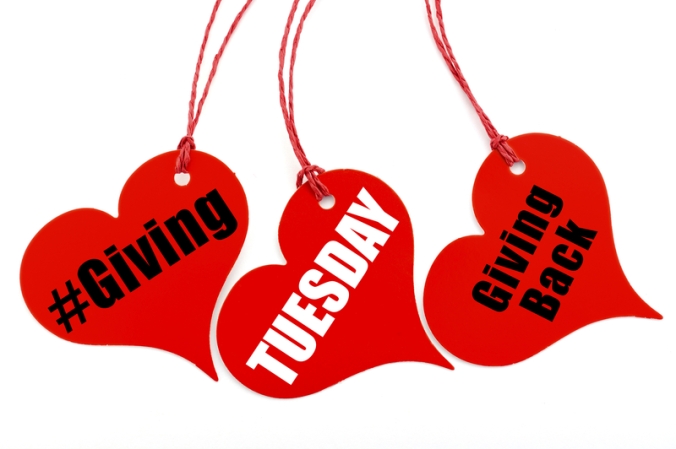
Just over two months ago, on December 22, President Trump signed the Tax Cuts and Jobs Act (TCJA), and ushered significant changes in the US Tax Code, effective January 1, 2018. Since the signing, the internet has been filled with wailing and gnashing of teeth as experts either bemoan the all but certain devastating effects on US charities or tout the wealth creation effects caused by TCJA. As with most legislation, the effects will be somewhere in between, not entirely certain, and take longer to really understand. By now, most know the highlights:
- Increase in the standard deduction to $12,000 for individuals and $24,000 for joint filers
- Elimination of personal exemptions
- Limitation on State and Local Taxes (SALT) of $10,000 (inclusive of income and property taxes)
- Reduction in corporate income tax rate
- Reduction of five of the seven tax brackets (marginal rates)
What do these changes mean for the nonprofit community and our donors? The answer is not crystal clear; the short answer is ‘it depends’. Key points to keep in mind (all examples are for discussion, NOT as professional advice):
- STANDARD DEDUCTION. The standard deduction has increased to $12,000 for individuals and $24,000 for joint filers, so many taxpayers who itemized in 2017 may or may not itemize in 2018 and beyond. Some taxpayers will realize an increase in disposable income, a portion of which could then, in theory, be given to their favorite charity/charities. The impact of this increase is partially offset by the elimination of the personal exemptions.
- INCREASE IN THE AGI DEDUCTION. The charitable deduction has increased from 50% of Adjusted Gross Income (AGI) to 60% of AGI. Donors can now claim larger deductions for their gifts of cash in the year the gift is made.
- LIMITATION ON STATE AND LOCAL TAXES (SALT). Beginning in 2018, taxpayers will be given the option to deduct their combined state and local property and income taxes, but only up to a cap of $10,000. (Take note, the $10,000 limit applies on the combined total of property and income taxes, not $10,000 each!) The reduction in the SALT deductibility may benefit charitably-minded taxpayers in high tax states, such as California, New Jersey, and New York. Assuming a taxpayer has reached the $10,000 limit through state income and property taxes, gifts of appreciated stock or property may be more valuable than an outright sale. The reason: many states have a state capital gains tax on sale of appreciated securities and real estate. For example, if in 2017 a California donor sold stock outright, s/he would pay both federal and state capital gains tax and be able to deduct the state capital gains tax, effectively increasing his/her net profit. In 2018, that same California donor must factor in the $10,000 SALT limitation and likely sees a reduction in his/her net profit. When that donor gives the appreciated stock to charity, capital gains taxes are eliminated.
- ELIMINATION OF THE PEASE LIMITATION. In 2017, high income donors ($261,500 for individuals and $313,800 for joint filers) saw the value of their charitable deductions reduced by as much as 80% due to the Pease Rule. This rule lowered deductions by 3% of the income exceeding the above thresholds. Essentially, the Pease Rule was a surtax. The Tax Cut and Jobs Act repeals the Pease Rule. Combined with the higher AGI deduction percentage, high income taxpayers receive greater financial benefits for giving.
- DONOR ADVISED FUNDS (DAF). TCJA leaves donor advised funds untouched. Donors on the bubble of hitting the new standard deduction may employ a strategy known as ‘lumping’. Donors select a target year to exceed the standard deduction, so it makes sense to itemize. They make a much larger gift in that year with the plan to distribute gifts over several years from their DAF. These giving vehicles have become immensely popular in America. Five of the top 10 largest charities in the US are donor advised funds (Source: 2017 Philanthropy 400 report).
Confused yet? You are not alone. No one knows with certainty how the Tax Cuts and Jobs Act will play out in the near term. What can you as a nonprofit executive do?
- Know the sky is NOT falling. Donors give to charities for many reasons. Tax benefits have historically been near the bottom of reasons on that list.
- Focus on relationships. Talk with your donors and stakeholders about how you are meeting your mission and how their gifts are making transformations happen.
- Build value for your agency. Know your outcomes from the good work that you do and tell your story.
- Commit to donor retention. People give to causes for which they have passion, regardless of tax implications. Talk with your donors – embed a quick 30-second update in your communications…show your face and the faces of those whom you serve. Keep your current donors engaged! Median donor retention hovers around 45% (Source: Fundraising Effectiveness Project) – make 2018 the year you dedicate your efforts to keeping more special friends who give to your agency!
- Create differentiation among the sea of nonprofits. What makes you uniquely qualified to solve problems are what donors want to hear – not about the increase in AGI deductibility, removal of the Pease Rule, etc.
Donor questions about the impact of TCJA present another wonderful opportunity to tell your story, share your successes, and to involve your donors in your great work. Let’s talk!
NOTHING IN THIS ARTICLE IS INTENDED, NOR SHOULD BE CONSTRUED, AS PROFESSIONAL ADVICE.
All the best in your development work,
John Gilchrist, FAHP, CFRE









